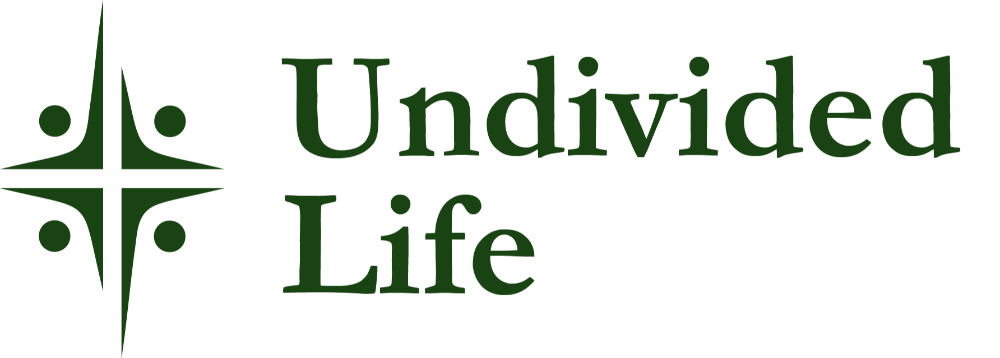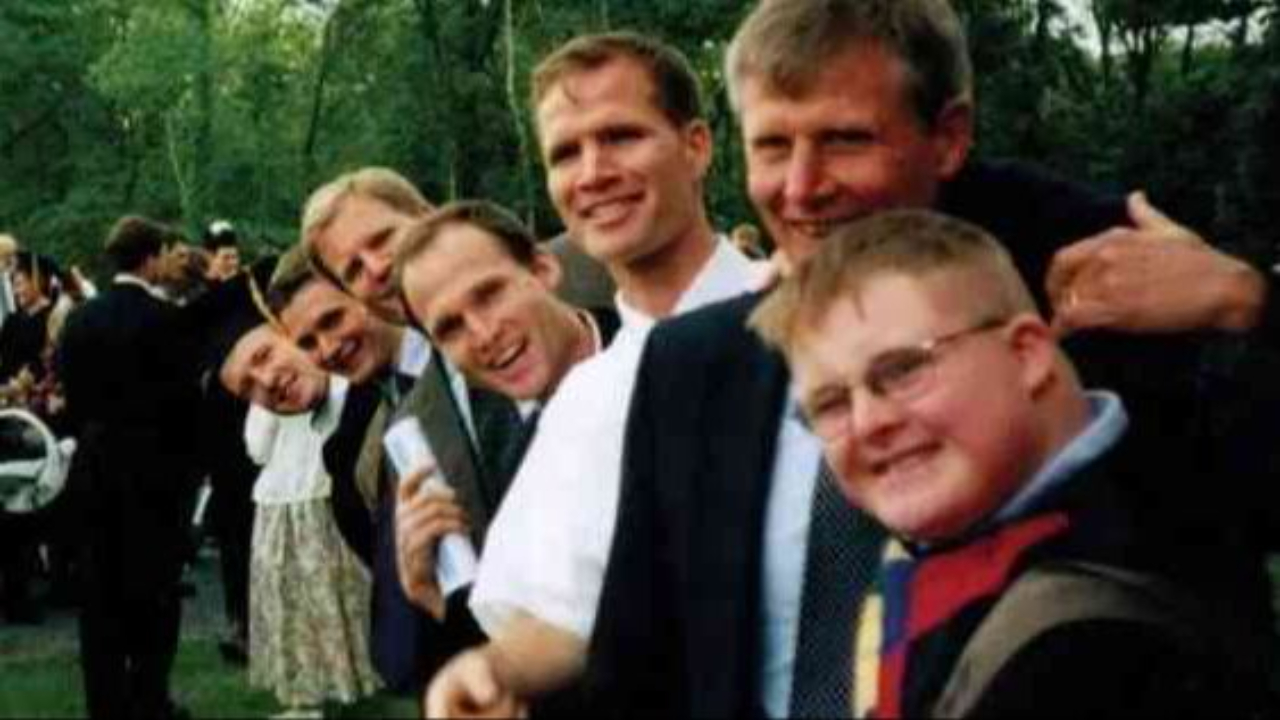Move Beyond Competition, Focus on “What’s Possible”
May 20, 2024
The first time I read Tribal Leadership: Leveraging Natural Groups to Build a Thriving Organization, I was struck by the practical ways an organization can improve its overall culture as it moves from a protectionist viewpoint to a place of partnership. I followed along nicely as the authors revealed the steps to move from a Level 3 culture (I’m great and you’re not) into a Level 4 culture (We’re great and they’re not).
Then, I read about Level 5 cultures and realized that this type of organization is much more difficult to understand or describe. Although I had experienced the euphoric organizational breakthroughs they described earlier in my career, I still struggled to show others how to move past the competition and focus instead on “what’s possible.”
With a fundamental belief that work should be a place of formation where fully formed adults come together to fulfill a higher purpose and work together to create a positive impact, my new mission was set. I would work within every sphere of influence I could find to help others create Level 5 cultures. In sharing some examples from my experiences past and present, I pray that you can remove a mental roadblock or push through a workplace barrier to join us in this worthwhile endeavor.
Example 1 - The Best Automation Platform in Deregulated Electricity
I was several years into running broker sales for a deregulated energy company when I found that our team was constantly trying to compare our offer to the others in the market. We grappled with pricing, contract language, customer service, and responsiveness. In every area, we were striving to be slightly better than some of our competitors in hopes of getting a few more clients.
I didn’t like that approach, and I soon found myself surrounded by other dreamers who knew we could do more. We stopped comparing ourselves to others and asked the question, “How can we completely change the game and build something better for everyone involved?” We began automating every step of the sales and contracting process, from credit checks and contract creation to the unlimited ability to price an account with various start dates, term lengths, product types, etc. We wanted to make the entire process user-friendly and reliable.
During our two-year build-out, we were often met with the feedback, “You can’t automate that. It just isn’t possible,” or “This is never going to work.” Each time we encountered this type of resistance, we worked with the naysayers to better understand their concerns and then enrolled them in a new shared vision to harness the energy and knowledge of the entire team.
This effort resulted in the First Choice Power Portal, the industry-leading technology for energy brokers looking to service their clients quickly, efficiently, and professionally. It’s worth mentioning that before the portal, we could price roughly 40 clients in a day, and after we launched, First Choice Power created over 4,000 custom price quotes every 24 hours.
The portal completely changed the energy industry, and its success came not because we tried to be better than the competition but because we were challenging the limits of what was possible. Ultimately, First Choice Power was sold to a competitor for a very large premium, and the portal was noted as one of the primary reasons for the higher valuation.
Example 2 - The Name Says It All
After First Choice Power was sold, I joined forces with many of my energy industry mentors to launch our own energy consulting and brokerage firm. Now, we would be competing against all the brokers that I had just managed for the previous decade.
I can recall those early startup days when we discussed what we could do to create more value than the rest of the brokers in the market, and that didn’t feel like the right goal for a team of this caliber. Just being better than others in the industry, most of whom were just good marketers and salespeople, felt too simplistic and uninspiring. Instead, we set a course to elevate the entire industry to a new standard and hoped that our efforts would positively impact all stakeholders, including our competition. That sounded more in line with the breakthrough impact we had created before.
How would we signal to future employees, clients, suppliers, vendors, and the market that we were serious about this lofty goal? We started with a bold name. 5.
Yup, the company's name is 5 - - - just 5.
Not only does 5 have the legal DBA for operating under this name, but we also obtained the official trademark. Recall that a Level 5 culture has moved through the various stages of culture to create a thriving organization, and now they are competing with what’s possible. In this case, 5 was challenging everything, and it worked.
I stayed with the organization for 11 great years, and during my time as the chief culture officer, we focused on delivering incredible value on all fronts. We built an analytics engine that presented energy data and client usage in a format unlike anything else in the market. It brought clients into the conversation and strategy decisions in a way they had never experienced, and we freely gave away critical intel while others promised great market insights only after you became their client.
What did we name that platform? You guessed it, Level 5.
Example 3 – What About Non-Technical Solutions
The first two examples discuss a technological breakthrough that stemmed from a mindset shift, but competing with what’s possible can take many forms.
Take parental leave, for example. I’ve watched countless non-profits try to match their parental leave policies with others in their industry. Have you ever considered that maybe your industry’s norms are not in line with human needs? Why should we feel accomplished when we are the same or better than something that really isn’t all that great? Why don’t we start with the most human-centric parental leave concepts and work our way backward rather than look to others and say, “At least we are as good as that group”?
Or how about turning sales into a team-based sport rather than an individual competition inside of your company? If you compare your sales compensation package to others in your industry, it isn’t likely to happen. You need to compete with what’s possible.
What’s Possible + Undivided Life
At Undivided Life, we actively challenge “what’s possible” daily. A major part of our work is business consulting around strategy and culture. In addition to the traditional consulting projects with a limited scope of services and clearly defined deliverables, we are also serving many small and medium clients in a new capacity that we call “The Executives Down the Hall.” In this format, we serve alongside our clients’ executive teams by using an interchangeable set of skills from our bench of talented players.
As the Executives Down the Hall, we may take on a change management opportunity, executive coaching, financial modeling, growth playbooks, strategic partnerships, culture architecture, innovation, messaging, mergers and acquisitions, strategic planning, and more. In each case, we are committed to an overall impact and a regular cadence of meetings and work, but we are also fluid in our role and in the ongoing shifts to match the organizations’ needs. Instead of just having a fractional CFO, CMO, or strategist, our clients get a fractional (and interchangeable) executive who is readily available (just down the hall).
What are you doing to compete with “what’s possible” rather than just trying to be a little better than somebody else? What if you shifted your mindset, and instead of being better than other people, you decided to be better for other people? Do you think that change in perspective could lead to breakthroughs and impacts that were previously believed to be impossible?
If this post piques your interest, reach out, and let’s challenge “what’s possible” together.



